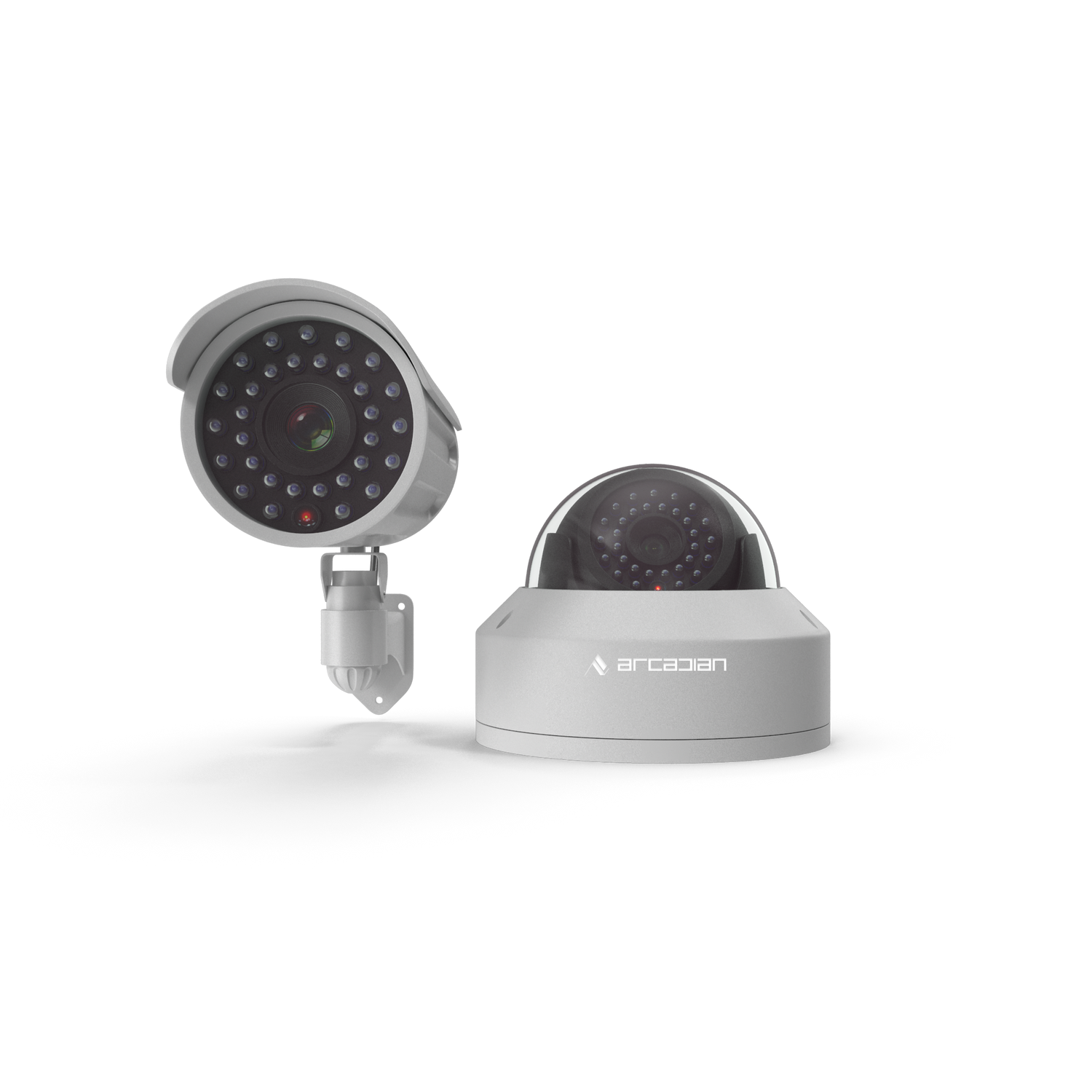Introduction: Security on a Budget
Small businesses face unique security challenges, from protecting inventory to safeguarding customer and employee safety. However, limited budgets often make advanced security measures seem out of reach. The good news? Cost-effective security solutions are now more accessible than ever, thanks to innovations in technology like cloud-based platforms, AI-driven systems, and DIY security options.
In this blog, we’ll explore practical and affordable strategies that small businesses can implement to secure their assets without breaking the bank.
1. Start with a Security Assessment
Understand Your Needs
Before investing in security measures, identify your business’s vulnerabilities and prioritize areas requiring protection.
Steps to Conduct a Security Assessment:
-
Analyze Entry Points: Check doors, windows, and other access points for vulnerabilities.
-
Evaluate High-Value Areas: Identify stockrooms, cash registers, or sensitive data storage areas.
-
Engage Staff: Ask employees for insights into potential risks they observe.
Example:
A small retail store identifies its stockroom and backdoor as high-risk areas for theft and focuses its initial security investments there.
2. Leverage Affordable Security Camera Systems
Choose Cost-Effective Camera Options
Modern cloud-based cameras and DIY systems offer affordable surveillance solutions for small businesses.
Key Features to Look For:
-
Motion Detection: Reduces storage and review time by recording only when activity is detected.
-
Remote Viewing: Allows you to monitor your business from anywhere.
-
Scalability: Easily add more cameras as your business grows.
Affordable Options:
-
DIY Security Kits: Pre-packaged systems with cameras and monitoring apps.
-
Subscription Plans: Lower upfront costs with monthly payments for cloud storage and software.
Stat: Small businesses using cloud-based cameras reduce theft incidents by 25% on average (Source: McKinsey).
3. Secure Your Entry Points
Reinforce Doors and Windows
Physical barriers are your first line of defense. Invest in:
-
Deadbolts: Sturdy locks for doors.
-
Reinforced Glass: Shatter-resistant windows.
-
Smart Locks: Keyless entry systems that allow remote management.
Install Access Control Systems
While traditional locks are effective, access control systems offer more flexibility and security. Affordable options include:
-
Keycard Systems: For employee-only areas.
-
Mobile-Based Access: Let staff use their smartphones as credentials.
Example:
A small cafe installs a smart lock on its backdoor, allowing the manager to control access remotely and track usage.
4. Use Lighting as a Deterrent
Smart Lighting Systems
Criminals avoid well-lit areas. Install motion-activated lights around entry points and parking lots.
Cost-Effective Solutions:
- Solar-powered lights for energy savings.
- Smart bulbs that integrate with IoT devices.
Tip: Pair smart lights with motion-detecting cameras for an enhanced deterrent effect.
5. Invest in Alarm Systems
Affordable Alarm Options:
-
DIY Alarms: Systems that you can set up without professional help.
-
Smart Alarms: Integrate with mobile apps to send real-time notifications.
Example:
A small boutique installs a DIY alarm system that sends alerts to the owner’s smartphone when the front door is opened after hours.
6. Adopt Cloud-Based Security Solutions
Cloud technology offers advanced security features without high upfront costs.
Benefits for Small Businesses:
-
Lower Hardware Costs: Eliminate the need for on-site servers.
-
Remote Management: Monitor and manage security systems from anywhere.
-
Scalability: Pay for what you need now and expand as your business grows.
Use Case:
A daycare uses a cloud-based system to monitor classrooms and grant parents secure access to live feeds.
7. Train Employees in Security Protocols
Employees are your first line of defense. Equip them with the knowledge to identify and respond to security risks.
Key Training Topics:
- How to recognize suspicious activity.
- Procedures for handling cash securely.
- Steps to follow during a security breach.
Stat: Businesses with trained staff experience 20% fewer internal theft incidents (Source: NRF).
8. Utilize Technology for Security Automation
Smart Devices for Small Businesses:
-
Door Sensors: Notify you when doors or windows are opened.
-
IoT Devices: Sync locks, cameras, and alarms for automated responses.
-
AI-Driven Analytics: Detect unusual patterns, like loitering near stockrooms.
Example:
A small warehouse integrates door sensors with cameras to capture footage automatically when the doors are opened after hours.
9. Partner with Local Security Providers
Benefits of Local Providers:
- Affordable service packages tailored to small businesses.
- Faster response times for support and emergencies.
- Expertise in local regulations and common threats.
Tip: Negotiate pricing for customized security packages based on your specific needs.
10. Implement a Scalable Strategy
Start Small, Expand Gradually
Begin with the essentials, such as cameras and locks, and add more advanced features like AI analytics or cloud storage as your budget allows.
Example:
A small accounting firm starts with a simple DIY camera system and later upgrades to a cloud-based solution as its team grows.
Financial Benefits of Cost-Effective Security Measures
| Measure |
Cost Savings |
| Cloud-Based Cameras |
Reduce upfront hardware costs by 40%. |
| Employee Training |
Prevent internal theft, saving up to $5,000 annually. |
| Smart Lighting Systems |
Lower energy bills with solar-powered or smart lighting. |
Conclusion: Affordable Security Is Achievable
Small businesses don’t need massive budgets to achieve effective security. By combining low-cost technology, cloud-based solutions, and smart planning, you can create a robust security system tailored to your needs.
Ready to secure your business without breaking the bank?









